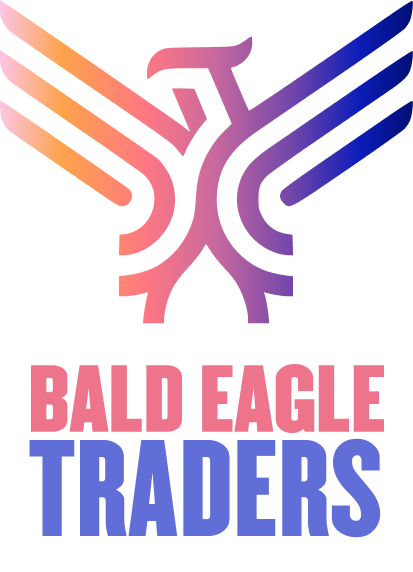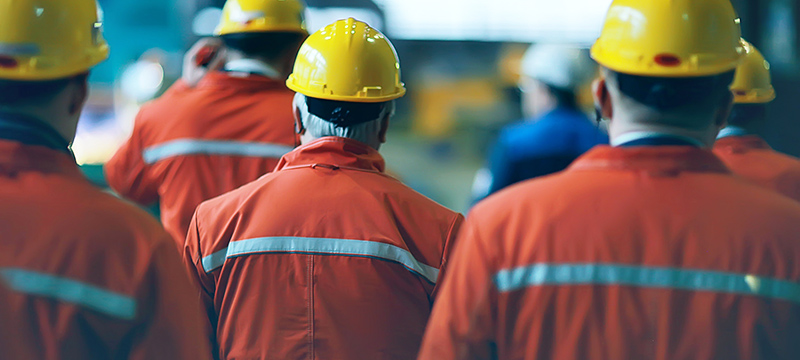Workplace safety has evolved through a matter of growing science, workers’ rights, universal legislation, and empathy. But in recent years, technology has ramped up its effectiveness too. Internet of Things (IoT) is about bringing real-time monitoring and communication to safety. And while the traditional industrial safety equipment is no less important, we can look to IoT in enhancing safety further.
From static safety to connected protection
Traditional safety approaches are often reactive or preventative in nature – and rightly so. Signs warn of hazards, PPE shields workers from certain risks, and checklists help maintain standards, like always having a stocked first aid kit. These measures do work, but they operate in isolation. They’re snapshots rather than continuous insight.
Industrial IoT safety is evolution, not revolution. Connected sensors, wearable devices, and smart tracking systems now complement conventional safety measures by adding real-time awareness. For example, should there be sensors in PPE, we could see a live dashboard of how many PPE items are in what locations. Given that current systems may allocate X amount of workers to a certain floor of the warehouse, we can program an alert if the number of PPE that’s on that floor meets the number of workers allocated there.
It helps reduce human error, which we have traditionally relied upon. Across many industrial domains, we rely on human checklists despite the rapidly changing environmental conditions.
Welding: Monitoring the invisible threats
Welding has big safety challenges, making it suitable for IoT integration. Beyond the obvious risks of burns and eye damage, welders face exposure to toxic fumes, oxygen-depleted atmospheres, and extreme temperature variations are all concerns. Traditional ventilation systems and periodic air quality checks is now seen as rudimentary as they cannot respond dynamically to changing conditions.
Today, IoT is helping to benefit the welding industry through connected gas sensors that continuously monitor carbon monoxide and oxygen levels in real time. Of course, we may still want human checks to make sure the sensors are accurate and working, so we don’t replace old with new. But these sensors are immediate in being triggered.
It’s not, say, carbon monoxide alarms didn’t already exist. But IoT sensors are very specific and very small, and they’re better able to integrate into your current system. So, rather than a traditional alarm that goes off when dangerous levels hit, IoT sensors can be customised to trigger as a system alert, only to maintenance staff and superiors, as an early warning sign of overheating equipment for example. Machine learning can be used to make predictions about when things may break soon, and this leads to all kinds of operational efficiencies around safety and maintenance that go beyond traditional alarms. Even in PPE itself, smart helmets equipped with sensors can verify that auto-darkening welding shields are functioning properly and that workers are positioned safely relative to their work. RFID tags on protective gear make sure that expired or damaged equipment is flagged and removed from circulation.
Construction: Building with intelligent oversight
Construction sites are incredibly dynamic. Connected helmets can have impact sensors that detect falls, and these could alert emergency responders or just senior staff. They can keep an eye on environmental conditions, like temperature extremes that might lead to heat stress or cold-related injuries.
Compliance monitoring has also changed. Digital systems now track whether workers have completed the required safety training and make sure that restricted areas remain secure. This automated oversight reduces the laborious administrative burden as well as reducing the risk of non-compliance.
Logistics and maintenance: Precision through connectivity
In warehouses and maintenance facilities, RFID in logistics has become important in maintaining safe operations. RFID tags attached to tools, equipment and machinery all create a digital inventory that tracks not just location but also maintenance history and calibration status. When a piece of equipment approaches the end of its safe service life or misses a scheduled inspection, the system generates automatic alerts – perhaps even automatic orders for replacements.
IoT in maintenance can be used for predictive safety applications, but these solutions haven’t yet hit their potential – it’s up to individual firms to make the most out of the data. Vibration sensors on rotating equipment can detect imbalances or bearing wear that could lead to catastrophic failures, for example, but these calculations may be proprietary (or outsourced to consultants). These safety practices enhanced by IIoT monitoring can be a competitive opportunity.
Providers like Seton supply safety equipment like RFID labels, and this helps bridge the gap between traditional equipment and modern analytics.
As manual trades continue take on these technologies, workplace safety is constantly changing and expanding. It is no longer sufficient to provide static protection and hope for the best. Modern safety is about the transition from reactive to proactive, despite a lot of the fundamentals and equipment being the same – they’re just now gathering data and communicating it.
The post Manual trades embracing IoT for safer workplaces appeared first on IoT Business News.

